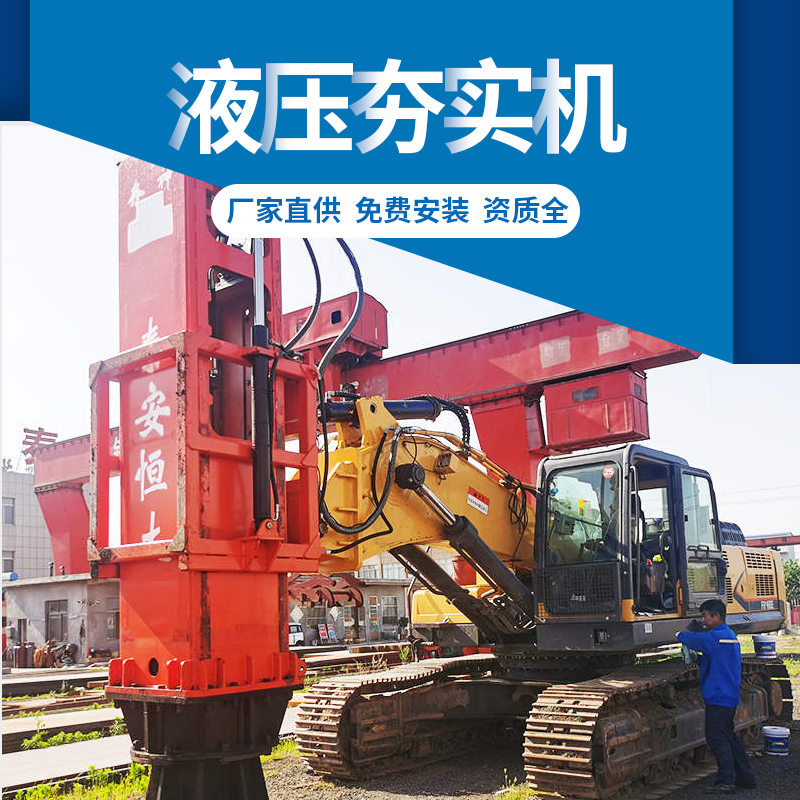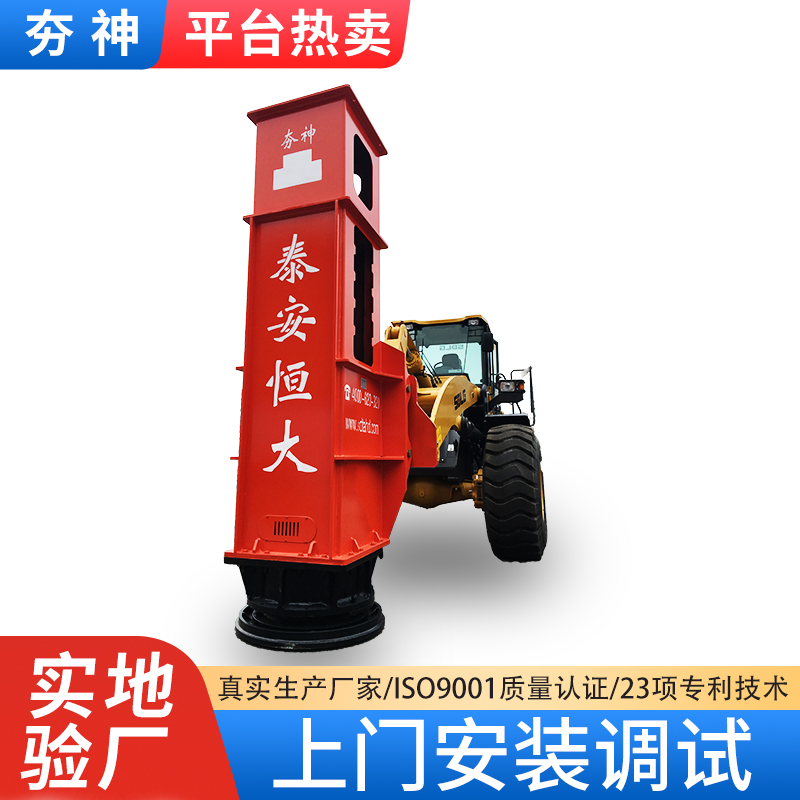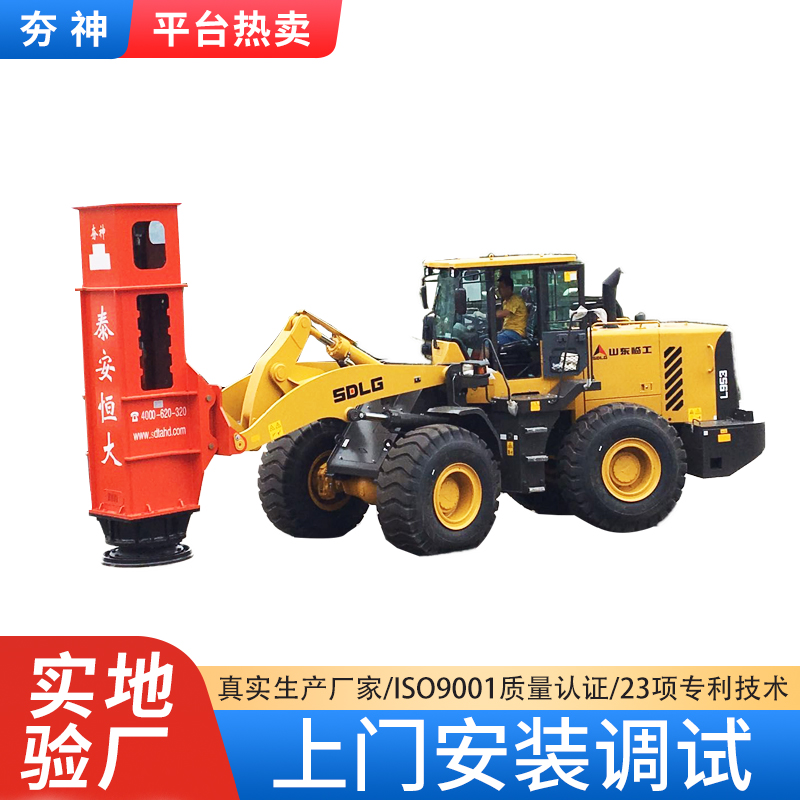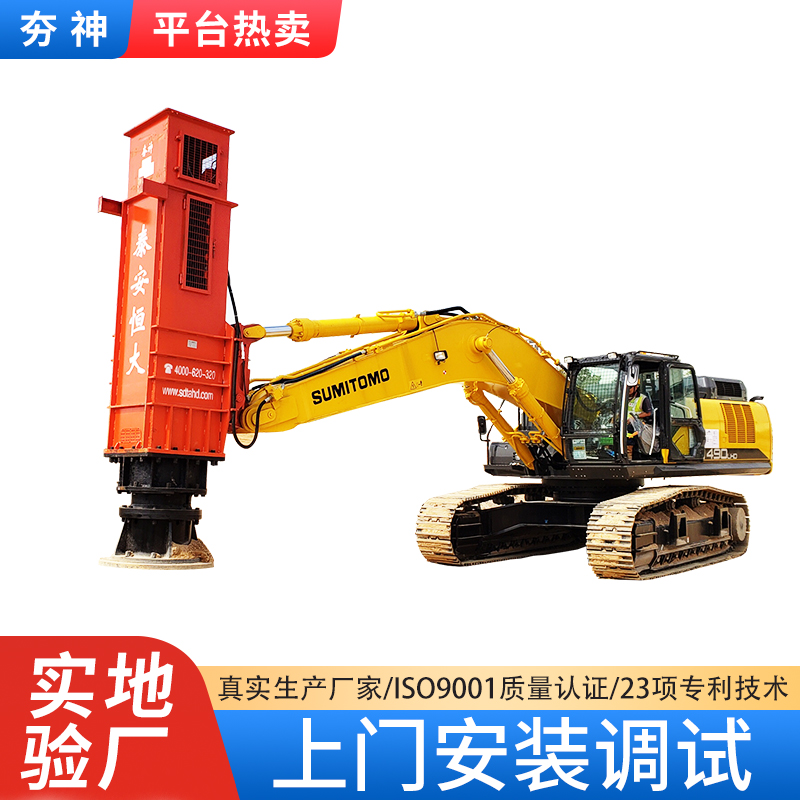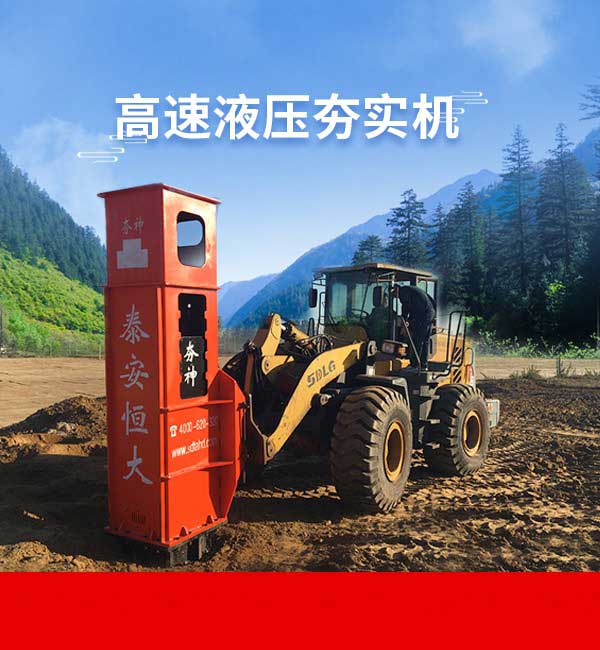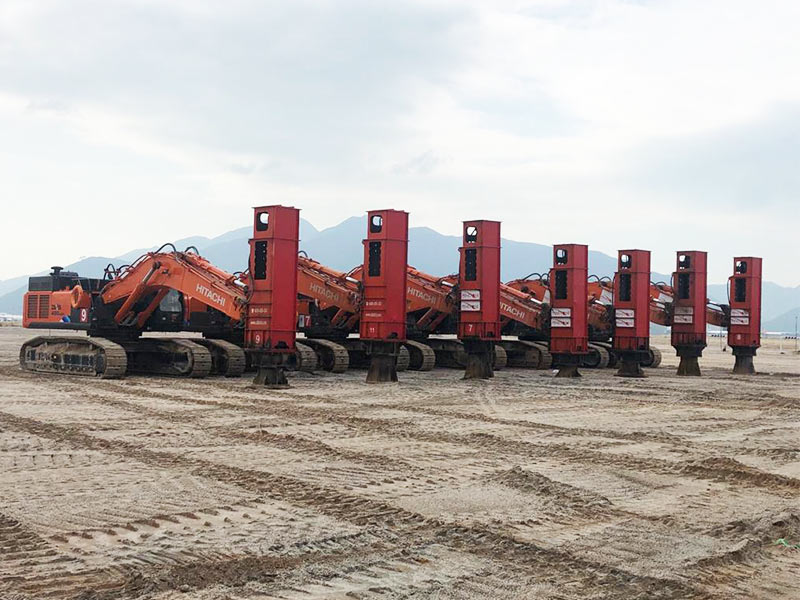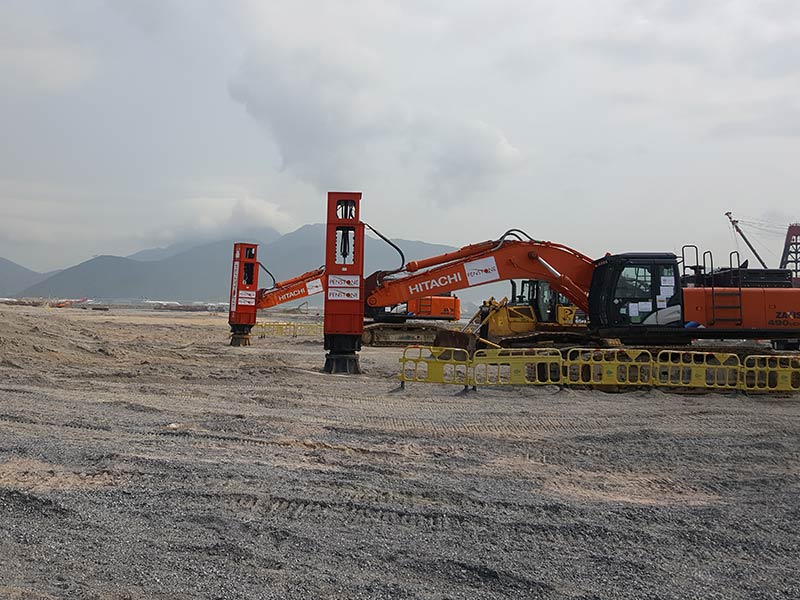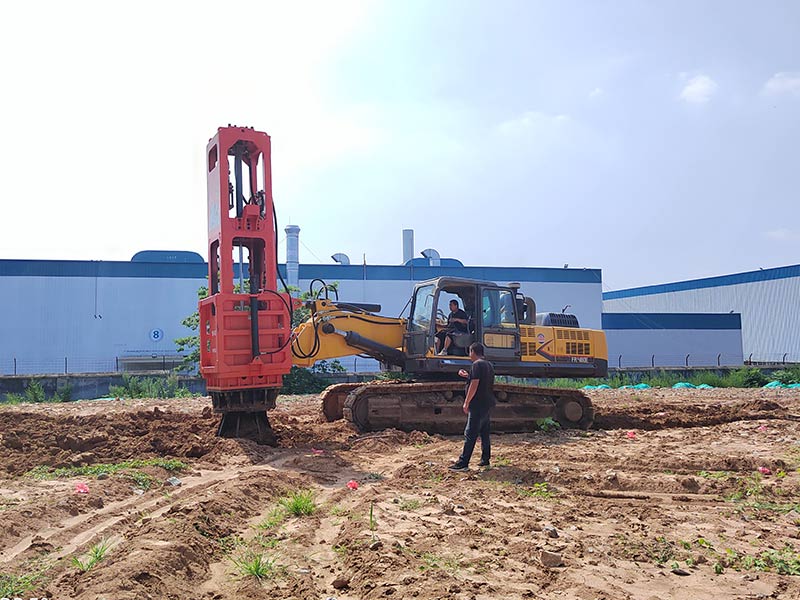Some of the widened roads have selected geogrid technology in the junction of the new and old roads, which slows down or weakens the displacement, cracking and other road diseases and insect pests caused by the settlement of the difference between the new and old roadbeds, and the recent actual effect is good, but it has not eradicated the weak problem of the roadbed in this part, and the safety hazards have not been removed.
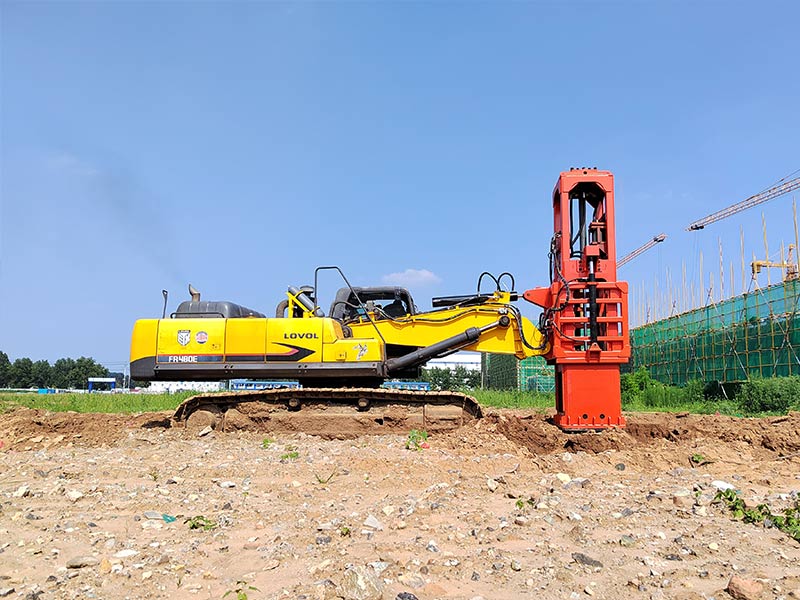
When the highway is widened, the most lacking part is the slope of the old road. This part is also the overtaking lane of major trucks after the widening, that is, the lane with the greatest load. According to domestic highway experiments, the widening of the roadbed is qualified by hierarchical rolling and ribbing by a 32t small roller, the settlement of the newly built roadbed after 3 gears and 9 hammers of the HC36 rapid impact compaction is 60~100mm, and the settlement of the new and old roadbed junction (the slope of the old road road) is 245mm after the seam backfill. It can be seen that the disadvantage of the joint selection of through-seam backfilling and rolling molding process is that the bottom end is weak. This indicates the amount of settlement at the inner step of the subgrade backfill and the amount of settlement of the new subgrade on both sides. Some roads have completed the settlement of different parts of the new and old road junction of the roadbed, close to the old road is the ladder, the middle row is the combination of the ladder and the new roadbed, and the row on both sides is the new roadbed.
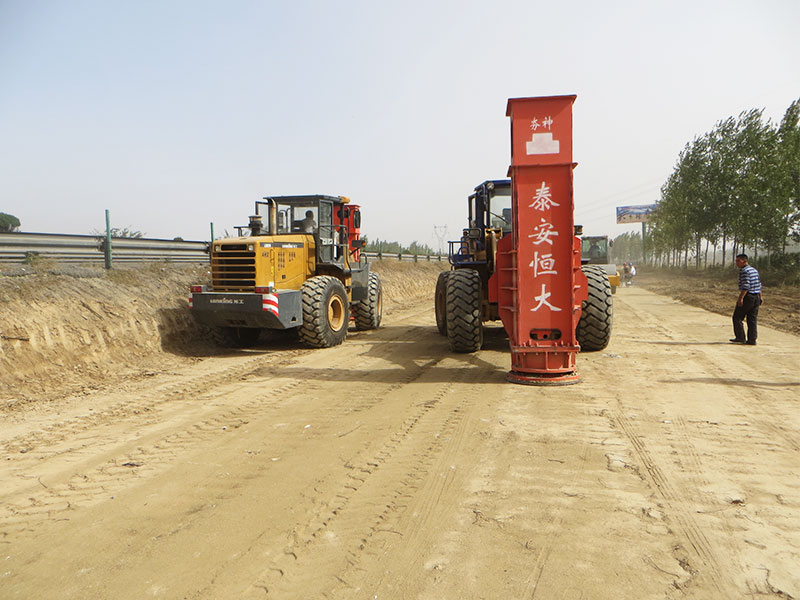
Conclusion of the experimental conclusion of the combination of new and old roads of domestic highways: The HC36 rapid impact compaction is assembled with a standard configuration of rammed plate (aperture lm) 3 gears and 9 hammers, and the hazard depth is 4.5m, which can efficiently deal with the problem of weak subgrade at the bottom end (deep level) when filling through the seam.
The actual effect of the rapid impact compaction on the reduction of sand soil is less than that of the large-ton strong rammed foundation, which is significantly higher than all forms of foundation pile compaction machinery and equipment (including vibratory compaction machinery). Can partially replace strong rammed foundations; It can increase the pressure on the sand soil of the ultra-heavy vibratory roller (including the small roller, the same) that still cannot meet the application requirements after the rolling is qualified (the effect of impact compaction is roughly equivalent to or higher than, in terms of basic parameters). According to the Changjiu widening test rammer, the HC36 rapid impact compaction is significantly better than the 11-ton rammer in the fields of ribbed settlement, production efficiency, and applicable parts.
Bridge and culvert back, filling and digging joints, new and old road junctions, and their inconvenient or unable to apply vibratory rollers, impact rollers, strong ramming foundations, such as high filled roadbed roadbeds by sections and short routes. rapid impact compaction intermittent work, high efficiency is less than continuous work of rolling machinery, generally used for partial tamping and increase pressure.
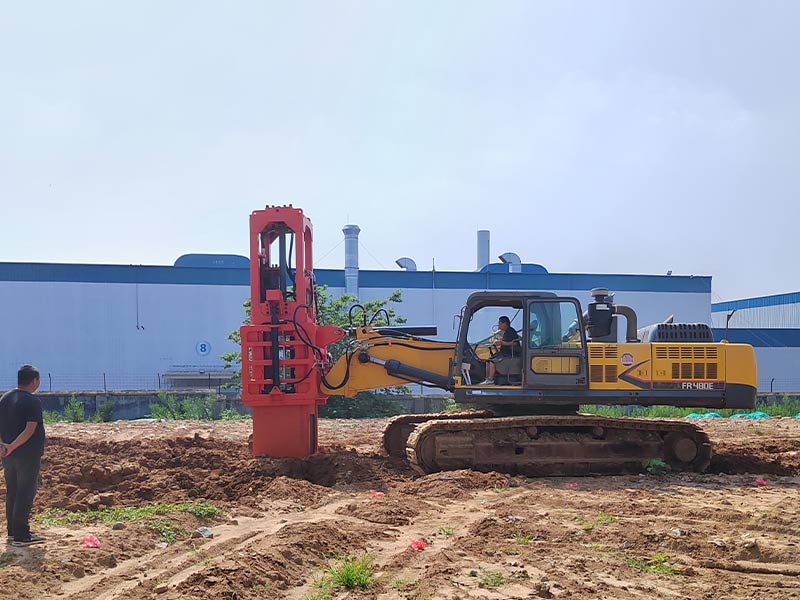
When rolling a qualified roadbed ribbed, 3 gears (larger ramming kinetic energy) are generally used, and the point shot ramming strikes 6 to 12 hits, most of which use 9 hits; In the absence or more sensitive construction of the surrounding works of buildings, 2 gears (~50% of the ramming kinetic energy of larger ramming kinetic energy) or 1 gear (~20% of the ramming kinetic energy of larger rammers) should be applied. In local areas, 3 gears of 15 to 20 strikes are selected, and some regulations stipulate that the amount of ribbed sedimentation is not less than 200 mm or the final 3 strike sedimentation amount is not more than 10 mm.
According to local testing, the damage to the abutment when the edge of the ram plate of the rapid impact compaction is 100mm away from the cover plate culvert is within the reliable range. Due to the extrusion effect of the rapid impact compaction, it is proposed that the rammed plate edge edge is 200~300mm from the cover culvert, or higher. The spacing from the retaining wall should be more than 500mm.
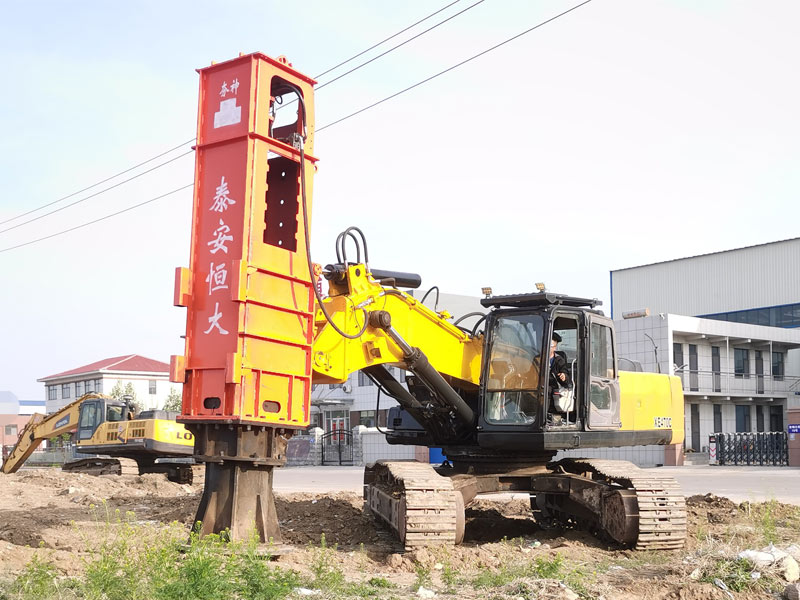
Due to the extrusion effect of the rapid impact compaction, when used to add ribs, the ramming point spacing can be 1.5m (the spacing between the rammed plate edges is 0.5m), the horizontal and vertical ordering is set, and the slightly larger sedimentation is made up between the four ramming points. When substituting a strong rammed foundation for high-fill subgrade compaction, the spacing between ramming points can be 1.2 to 1.5m. Objective countermeasures such as red plum blossom-shaped points, stacking ramming, and ramming have no significant expected effects and are low efficiency consumption.

 Current Position:
Current Position: 